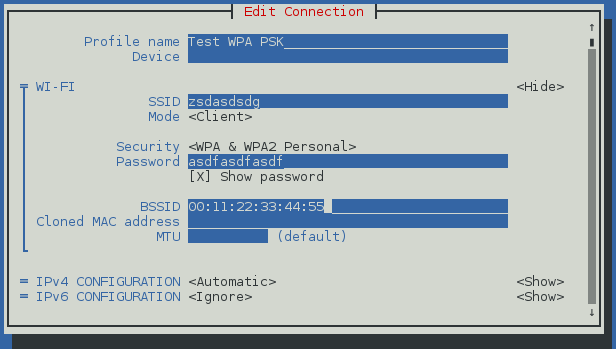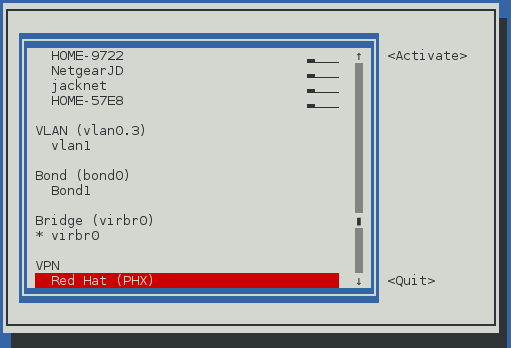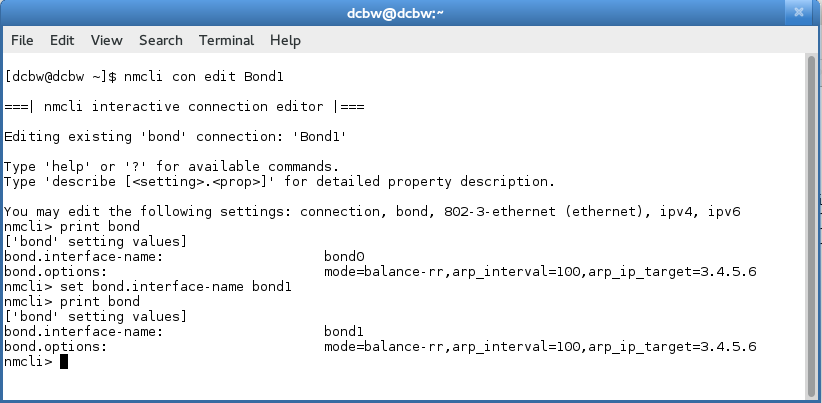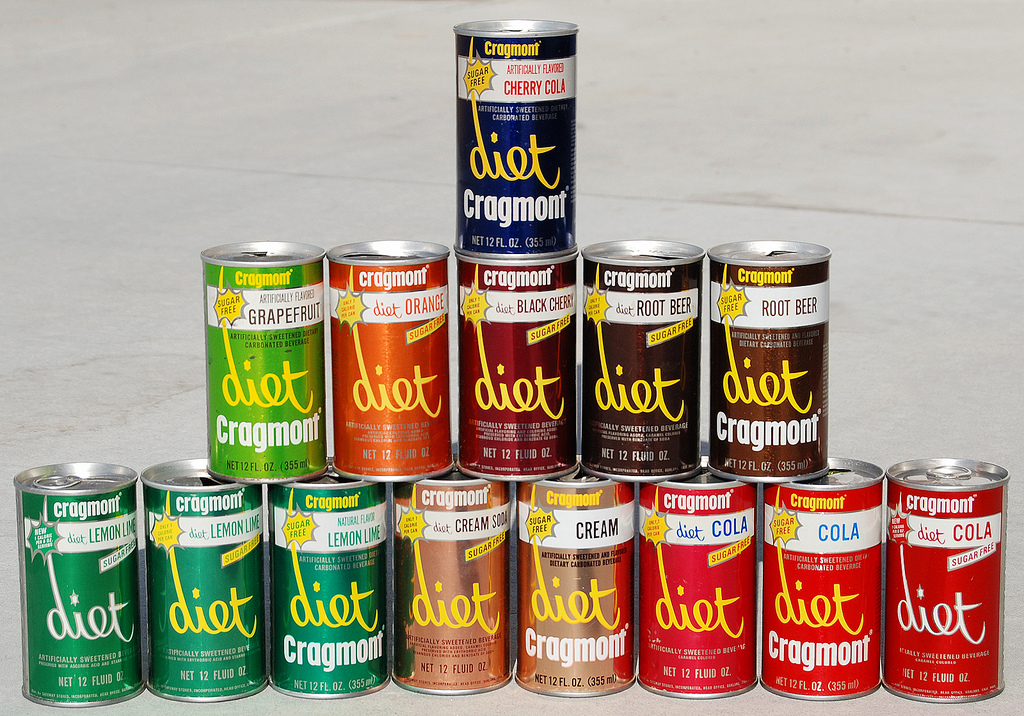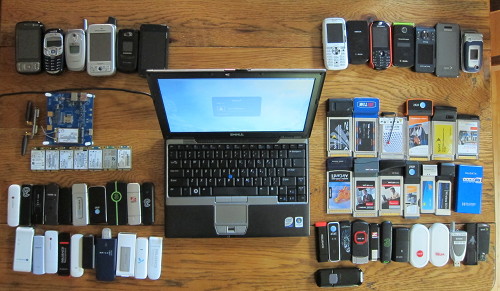(Note: the final 0.9.10 will be out later this week… read on for the awesome that it will contain)
Hey wouldn’t it be great if NetworkManager did X and made my life so awesome I could retire to a private island surrounded by things I love? Like kittens and teddy bears and bright copper kettles and Domaine Leflaive Montrachet Grand Cru?
If only your dream was reality… Oh wait! NetworkManager 0.9.10 will be your genie from Aladdin, granting every wish you dream of, except this time you can wish for more wishes. But you still can’t bring awful networking back from the dead because it’s just not pretty. Don’t do it.

What is pretty is NetworkManager 0.9.10; it’s like the lightning-quick racing yacht that Larry Ellison doesn’t have and really, really wants, but which somehow also adds a Triple-E-Class-worth of new features just for you. Somebody (maybe you!) wished for every single thing you’re about to see. And then a magic genie showed up, snapped its fingers, and gave it to them.
nmtui
We found a usability gap between full-fledged CLI tools like nmcli and GUI-based ones, and thus nmtui was born. Sometimes you don’t want to remember esoteric commands and options, but you also don’t want to run X. Boom, first wish granted: a curses-based tool for configuring and managing your network, no X involved:
nmcli
The command-line still rules with divine mandate, and we’re here to please so nmcli was a huge focus for this release. We’ve added interactive editing support, single-command editing, detailed help, tab completion, and enhanced bash completion. You really need to check this out; almost anything you can do with GUI tools can now be done with nmcli, and there’s even some stuff nmcli can do that the GUI tools can’t. If you’re comfortable with terminals, NetworkManager 0.9.10 is right up your alley.
Size Does Matter
Continuing on the quest to be more nimble and streamlined, we’ve split Wi-Fi, WWAN, Bluetooth, ADSL, and WiMAX device support into plugins which you don’t need to install if you like a minimal system. Distributions should package these separately so they can be added/removed independently of NetworkManager itself, which reduces disk usage, runtime memory usage, and packaging dependency chains. We’ve also spent time slimming down and optimizing the code. The core NetworkManager daemon is now just over 1MB in size!
dbus-daemon is also no longer required for root-only or early-boot operation, with communication using a private root-only Unix socket. Similarly, PolicyKit is no longer used for root operation, though it could always be disabled at build-time anyway.
To facilitate remote and SSH-based management, the “at_console” D-Bus permission has been removed, which also helpfully harmonizes authorization settings between Fedora and Debian-based distributions. All permissions authorization now happens through PolicyKit instead.

The Enterprise
When you Absolutely Positively MUST have your ethernet frames delivered on-time and without loss you turn to Data Center Bridging. DCB provides the reliability and robustness that iSCSI and FibreChannel over Ethernet (FCoE) need so you don’t have to keep shovelling money into a proprietary SAN. Since users requested it, we snapped our fingers and added support to NetworkManager 0.9.10 for configuring DCB on your ethernet interfaces.
We’ve also upped our game with IP-level configuration support for many more software interfaces like GRE, macvlan, macvtap, tun, tap, veth, and vxlan. And when you have services that aren’t yet network-aware, the NetworkManager-wait-online systemd service is more reliable to ensure your legacy services start up with the resources they require.
Customization Galore
You dreamed, we listened. Creepy, no? Yeah, we know what you want. And top of the list was more flexible configuration:
- Connection configuration files are no longer watched for changes by default, which used to cause problems with backups, filesystem copies, half-configured connections, etc. If you want that behavior you can turn it back on (monitor-connection-files=true), but instead, edit them as much as you want and when you’re done, “nmcli con reload“.
- Connections can now be locked to interface names instead of just MAC addresses
- A new “ignore-carrier” option is available to ensure your critical app doesn’t fail just because you got drunk on Captain Morgan + Coke, and tripped over a cable
- Want to manage /etc/resolv.conf yourself? You can! “dns=none” is your new best friend.
- Configuration file snippets can be dropped into /etc/NetworkManager/conf.d to change smaller sets of configuration options
The NetworkManager dispatcher got some enhancements too. It now has a “pre-up” event that allow scripts to execute before NetworkManager announces connectivity to applications. We also added a “pre-down” event that lets network filesystems flush data before the interface is actually disconnected from the network.

Seamless Cooperation
Do you love /sbin/ip? ifconfig? brctl? vconfig? Keep using them! Changes you make outside of NetworkManager get picked up, respected, and reflected in the D-Bus API. NetworkManager 0.9.10 also goes to great lengths to read the existing configuration of interfaces and not touch them. Most network interfaces known to the kernel are now exposed in the D-Bus API, and you can even change their IP configuration right from NetworkManager. There’s more work to do here but we hope you’ll appreciate the new situational awareness as much as we do.
Get Your VPN On
We’ve improved support for routing-only VPNs like Openswan/Libreswan/Strongswan. We’ve added full details of the VPN’s IP configuration to the D-Bus API. And best yet, VPN plugins can now request additional passwords during the connection process if the ones you previously gave them are wrong or changed.
All the Rest
For clients, more properties are exposed in the D-Bus API. We’ve added support for custom IP ranges to the Internet Connection Sharing functionality. We’ve added WWAN autoconnect support and more reliable airplane mode behavior. Fatal connection errors now more reliably block reconnect, which means better handling of wrong Wi-Fi passwords and access point failures. Captive portal/hotspot support is moving forward, as are DNSSEC enhancements.
Geez, are we done yet?
Not even close! Seriously, there’s more but I’m kinda tired of typing. Try it out (the final release will be out later this week) and tell us what you think. Then tell us what you want. Don’t be afraid to dream a little bigger, darling!

